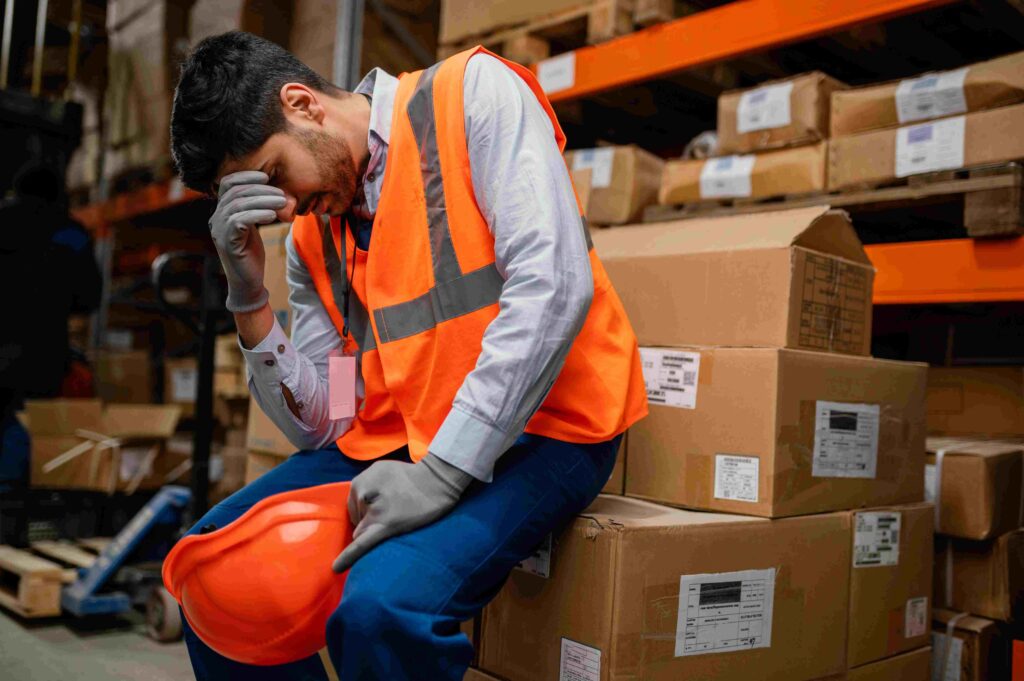Regional Influencer Partnership can be a highly effective way to reach and engage local audiences. However, working with these influencers also presents unique challenges. From logistical issues to communication barriers, brands must navigate various obstacles to maximize the impact of their influencer marketing campaigns.
1. Logistical Issues
Challenge: Managing logistics, such as coordinating content creation, shipping products, and scheduling posts, can be complex when working with multiple Regional Influencer Partnerships.
Solution:
- Centralized Coordination: Use project management tools like Trello, Asana, or Monday.com to streamline coordination. These platforms help track deadlines, assign tasks, and manage deliverables in one place.
- Clear Schedules: Develop a detailed content calendar that outlines key dates, including product delivery timelines, content creation deadlines, and posting schedules. Share this calendar with all influencers involved.
- Local Support: Consider partnering with local agencies or representatives who can manage logistics on the ground, ensuring smooth operations and timely execution.

A man loading parcels for Logistics
2. Varying Audience Sizes
Challenge: Regional Influencer Partnerships often involve influencers with smaller follower bases compared to national influencers, which can limit the overall reach of campaigns.
Solution:
- Micro-Influencer Networks: Leverage the power of micro-influencers. While each may have a smaller audience, collectively they can reach a substantial number of potential customers. Micro-influencers often have higher engagement rates and more loyal followers.
- Geo-Targeted Ads: Supplement influencer content with geo-targeted ads to amplify reach within specific regions. This approach ensures that the content reaches a broader local audience beyond the influencer’s followers.
- Quality Over Quantity: Focus on the quality of engagement rather than the sheer number of followers. Influencers with highly engaged audiences can drive more meaningful interactions and conversions.
3. Communication Barriers
Challenge: Effective communication is critical but can be challenging due to differences in time zones, languages, and cultural nuances.
Solution:
- Regular Check-Ins: Schedule regular video calls or check-ins to discuss campaign progress, address concerns, and provide feedback. Consistent communication helps build strong relationships and ensures alignment.
- Cultural Sensitivity: Be aware of cultural differences and tailor your communication style accordingly. Understanding and respecting local customs and traditions can enhance collaboration.
- Clear Guidelines: Provide clear and concise campaign guidelines. Use visuals, examples, and templates to ensure regional influencers understand the brand’s expectations and content requirements for Regional Influencer Partnerships.

Regional influencers partnership
4. Maintaining Consistency
Challenge: Ensuring consistent messaging and brand representation across different influencers and regions can be difficult.
Solution:
- Brand Guidelines: Develop comprehensive brand guidelines that include tone of voice, visual style, and key messaging points. Share these guidelines with all influencers to maintain consistency.
- Content Review: Implement a content review process where influencers submit drafts for approval before posting. This step allows brands to provide feedback and ensure alignment with campaign objectives.
- Collaboration Tools: Use collaboration tools like Google Docs or Slack for real-time communication and content sharing. These tools facilitate quick feedback and revisions, ensuring consistent output.
5. Measuring ROI and Effectiveness
Challenge: Evaluating the success of Regional Influencer Partnerships and measuring ROI can be complex, especially with varied goals and metrics.
Solution:
- Defined Metrics: Establish clear, measurable goals at the outset of the campaign. Whether it’s increasing brand awareness, driving website traffic, or boosting sales, having defined metrics helps track progress.
- Analytics Tools: Utilize analytics tools to monitor performance. Platforms like Google Analytics, Hootsuite, and Sprout Social can provide insights into engagement rates, traffic sources, and conversion data.
- Regular Reporting: Create regular reports that summarize key metrics and outcomes. Share these reports with influencers to highlight successes and identify areas for improvement.
6. Building Long-Term Relationships
Challenge: Developing long-term relationships with regional influencers can be challenging due to short-term campaign focuses and the changing influencer landscape.
Solution:
- Ongoing Engagement: Engage with influencers beyond specific campaigns. Support their content, comment on their posts, and show genuine interest in their work. Building a lasting relationship fosters loyalty and advocacy.
- Long-Term Contracts: Consider long-term contracts or ambassador programs. These agreements provide stability and allow for deeper collaboration and integration of the influencer with the brand.
- Mutual Benefits: Ensure that partnerships are mutually beneficial. Offer value to influencers through exclusive opportunities, early access to products, or participation in brand events.
Bonus Tip : Finding the Right Local Regional Influencers can also be very Effective!
Conclusion
Overcoming the challenges requires thoughtful planning, clear communication, and strategic execution. By addressing logistical issues, managing communication barriers, and maintaining consistency, Brands can harness the power of Regional Influencer Partnerships to create impactful campaigns, authentic campaigns. Embracing these solutions will not only enhance campaign effectiveness but also build stronger, more sustainable relationships with influencers, ultimately driving long-term success.
“Success is not the absence of problems; it’s the ability to deal with them.” — Steve Maraboli
With the right strategies in place, brands can navigate the complexities of regional influencer partnerships and achieve remarkable results in their marketing efforts.
Read More : The Impact of Regional Influencers on Local Markets (sociocreator.com)

